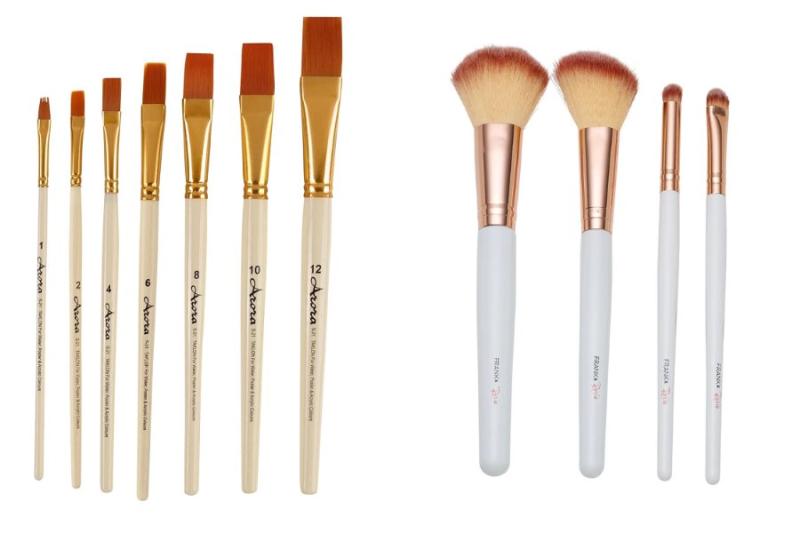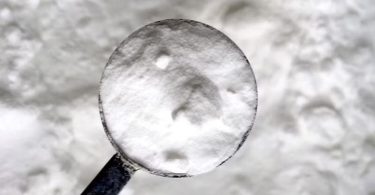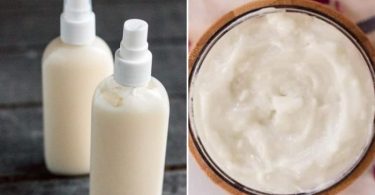Makeup brushes aren’t paintbrushes, true, even without being told. Paintbrushes are available in many sizes and shapes for different uses, while makeup brushes are usually sold in sets for other facial areas. Makeup brushes apply foundation, blush, and eyeshadow, while paintbrushes apply paint. Paintbrushes have firmer bristles to withstand stains, while makeup brushes have softer bristles to avoid skin irritation.
What is Paintbrush?
Paintbrushes apply liquids to surfaces. It has a handle, bristles, or fibres to spread paint or liquid evenly. Depending on the paint or liquid and desired effect, paint brushes have different shapes, sizes, and bristles or fibres. Flat, round, and angled paint brushes are used with rollers and sponges to achieve the desired effect.
The history of the paintbrush dates back to prehistoric times when early humans used plant fibres, animal hair, or feathers to create brushes for painting on cave walls. In ancient civilisations, such as China and Egypt, brushes were used for calligraphy and fine art.
During the Renaissance, artists developed different brush shapes and sizes to create a range of brush strokes and effects in their paintings. Brushes were made with natural hair from horses, squirrels, and boars.
In the 19th century, the development of synthetic fibres led to the production of cheaper and more durable brushes, which artists and amateurs widely used. With the rise of industrialisation, the mass production of paintbrushes became possible. Today, they are made with various materials, such as synthetic fibres, natural hair, and even silicone.
Paintbrushes remain an essential tool in art and design, and their evolution continues to this day. Modern paintbrushes are designed with specific applications in mind, such as oil painting, watercolour, and acrylics, or for use with industrial coatings. They come in various shapes and sizes, such as round, flat, or filbert, with stiff and soft bristles.
What is a Makeup Brush?
Makeup brushes are used to put on foundation, powder, blush, eyeshadow, and lipstick, among other things. Most of the time, it has bristles made of plastic or real hair that are attached to a handle.
There are a lot of different kinds of makeup brushes, and each one is made for a different task. For example, a foundation brush has a flat shape and is used to put liquid or cream foundation on the face, while a powder brush is soft and fluffy and is used to put loose or pressed powder on the face.
Other common makeup brushes include eyeshadow brushes, which are used to apply and blend eyeshadow; blush brushes, which are used to apply blush to the cheeks; and lip brushes, which are used to apply lipstick or lip gloss.
There are many different sizes, shapes, and types of makeup brushes. Animal hair, like goat or squirrel hair, is usually used to make natural hair brushes, while artificial materials, like nylon or taklon, are used to make synthetic hair brushes.
Using the right makeup brush can help you put on smooth and professional makeup. It is essential to clean and take care of your makeup brushes so they last longer and don’t spread bacteria.
Difference Between Paintbrush and Makeup Brush
Its intended use is the primary distinction between a paintbrush and a makeup brush. A paintbrush is used to paint a surface, whereas a makeup brush is used to apply makeup to one’s face.
Paintbrushes are larger and more durable than makeup brushes because they are designed to withstand the rigours of painting, including solvent and other chemical exposure. They are also available in various shapes and sizes to accommodate multiple painting techniques and styles.
On the other hand, makeup brushes are typically smaller and more delicate, as they are intended for use on the face’s delicate skin. They are available in various shapes and sizes for applying makeup, such as foundation, blush, eyeshadow, and lipstick.
While the materials used to make paintbrushes and makeup brushes may have some overlap, such as natural or synthetic fibres, the two types of brushes are typically different due to their different purposes and sizes.






